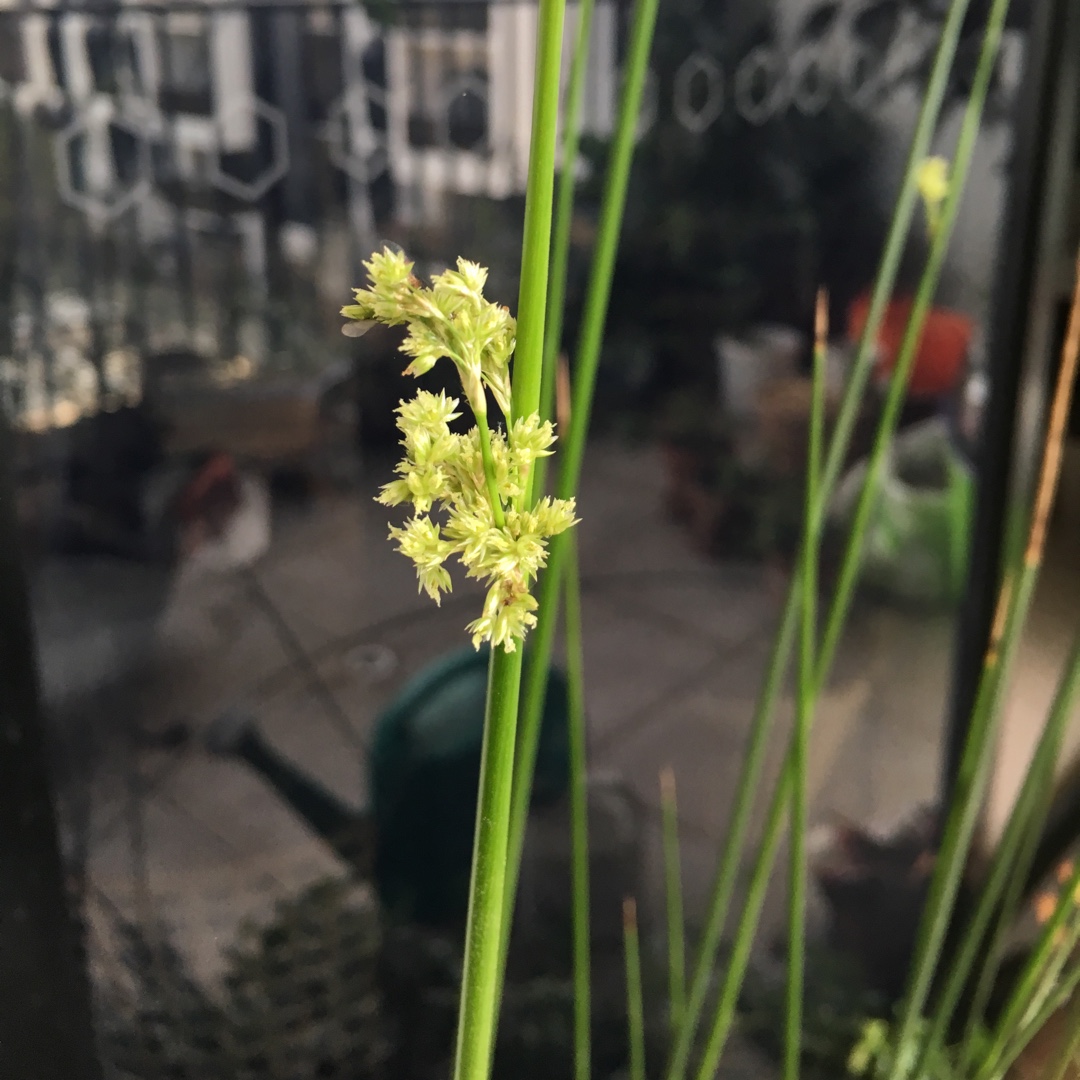
Juncus pallidus
Pale Rush
Juncus can be annuals, deciduous or evergreen perennials. They are clump-forming, often having cylindrical leaves, and bearing clusters of small brown flowers in Summer. Juncus pallidus, (or great soft-rush pale rush, giant rush, or leafless rush) is native to southern Australia, New Zealand, Norfolk Island, and Lord Howe Island. It is rhizomatous, perennial, and clump-forming, and useful for stabilising river or pond banks
Contributed by @tylluan
-
Full sun to partial shade
-
Frequent watering
-
Full Frost Hardy: 5F (-15°C)
-
Moist and rich
Common name
Pale Rush
Latin name
Juncus pallidus
type
Aquatic marginal
family
Juncaceae
ph
6.0 - 8.5 Acid - Neutral
Plant & bloom calendar
-
Best time to plant
-
When the plant will bloom
full grown dimensions
 0.50 M
1.35 M
0.50 M
1.35 M
Juncus pallidus
Juncus can be annuals, deciduous or evergreen perennials. They are clump-forming, often having cylindrical leaves, and bearing clusters of small brown flowers in Summer. Juncus pallidus, (or great soft-rush pale rush, giant rush, or leafless rush) is native to southern Australia, New Zealand, Norfolk Island, and Lord Howe Island. It is rhizomatous, perennial, and clump-forming, and useful for stabilising river or pond banks
Flowering
From Early Summer TO Late Summer
Small clusters of brown flowers sometimes appear in Summer
Planting
From Early Spring TO Mid Spring
Rushes like moist, rich, acid soil, and can be grown as marginal plants, at the edge of a pond or pool. Plant in full or partial sun,
Propagating by division
From Mid Spring TO Early Summer
Propagate by dividing the plant. Dig up the whole plant, and divide it into sections to be replanted straight away







